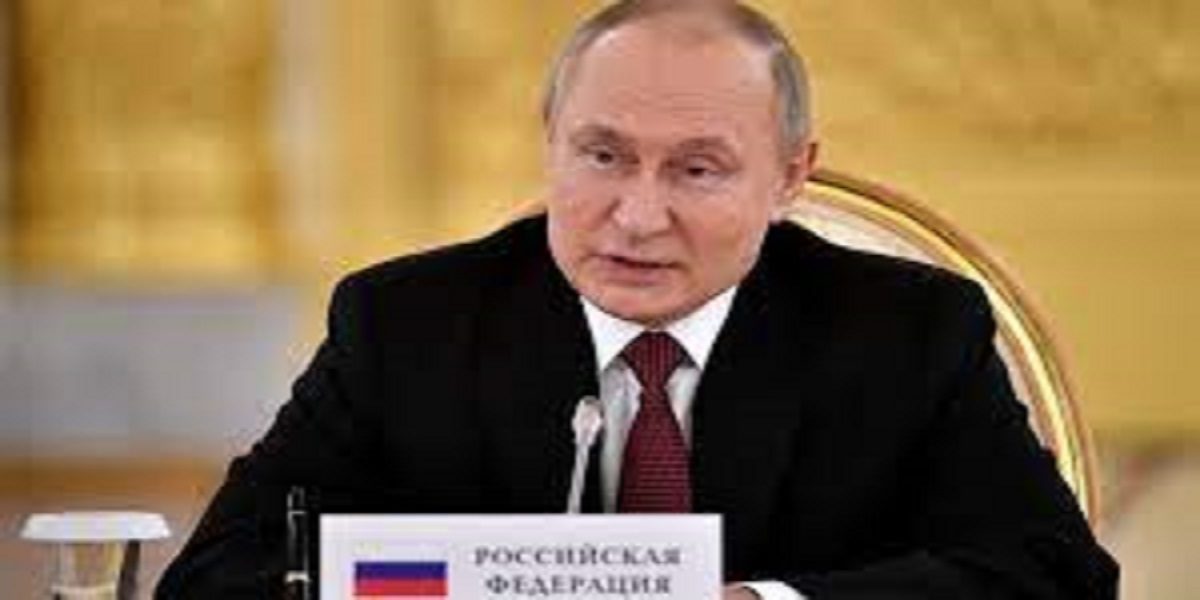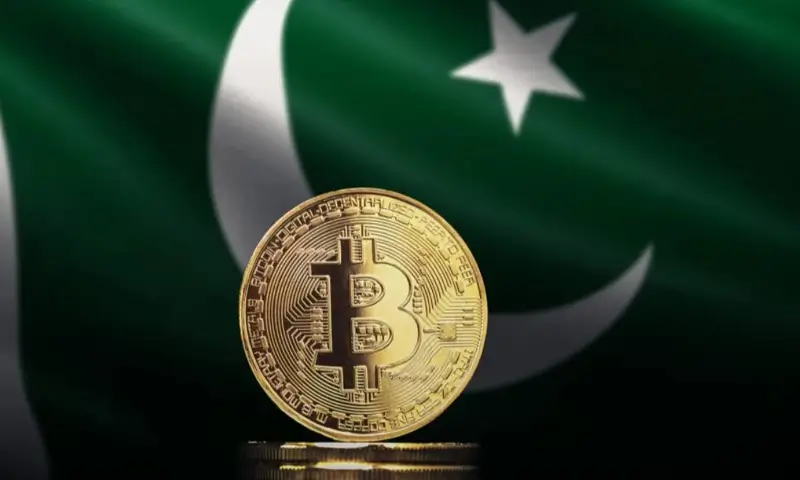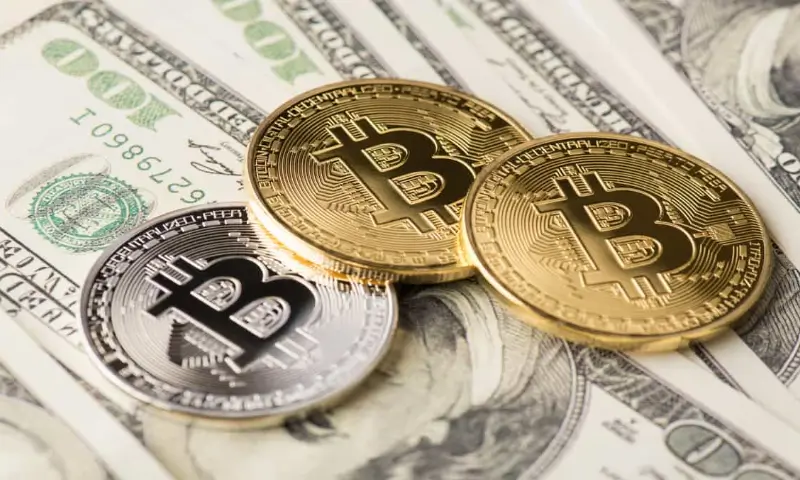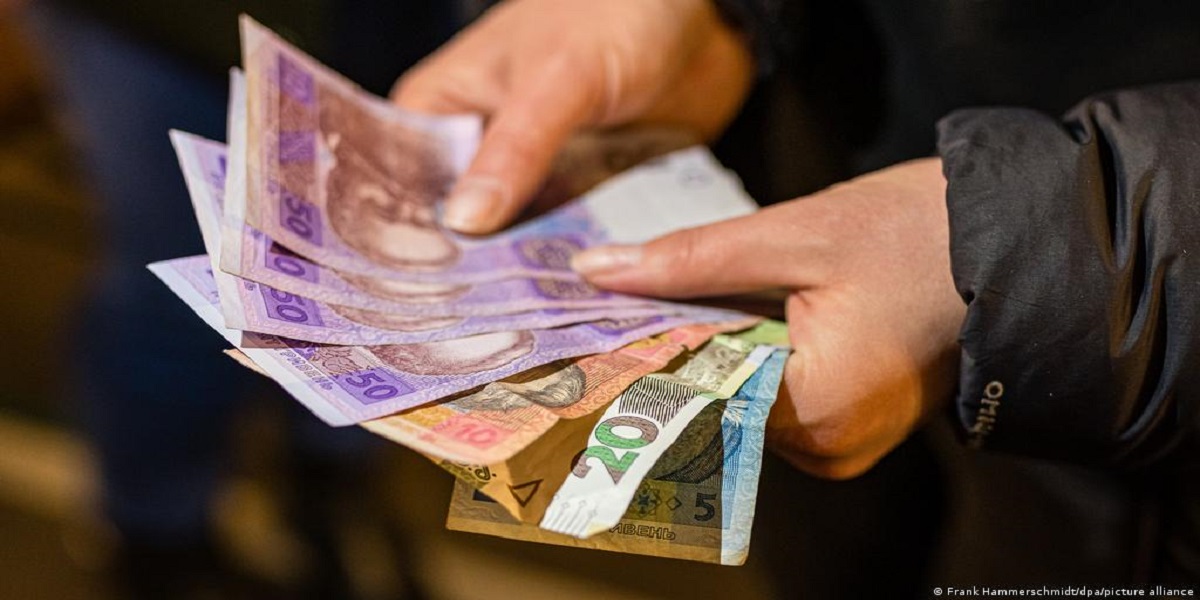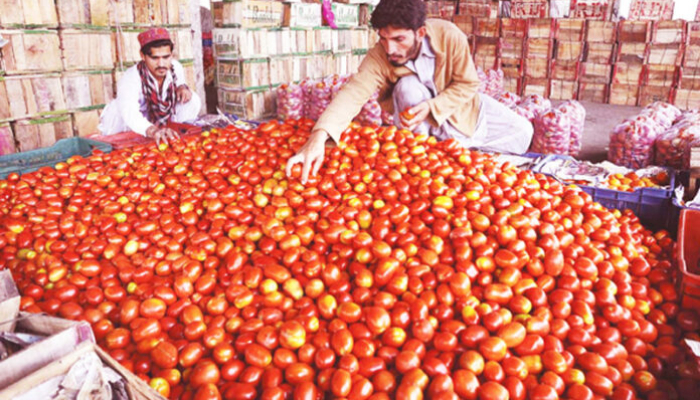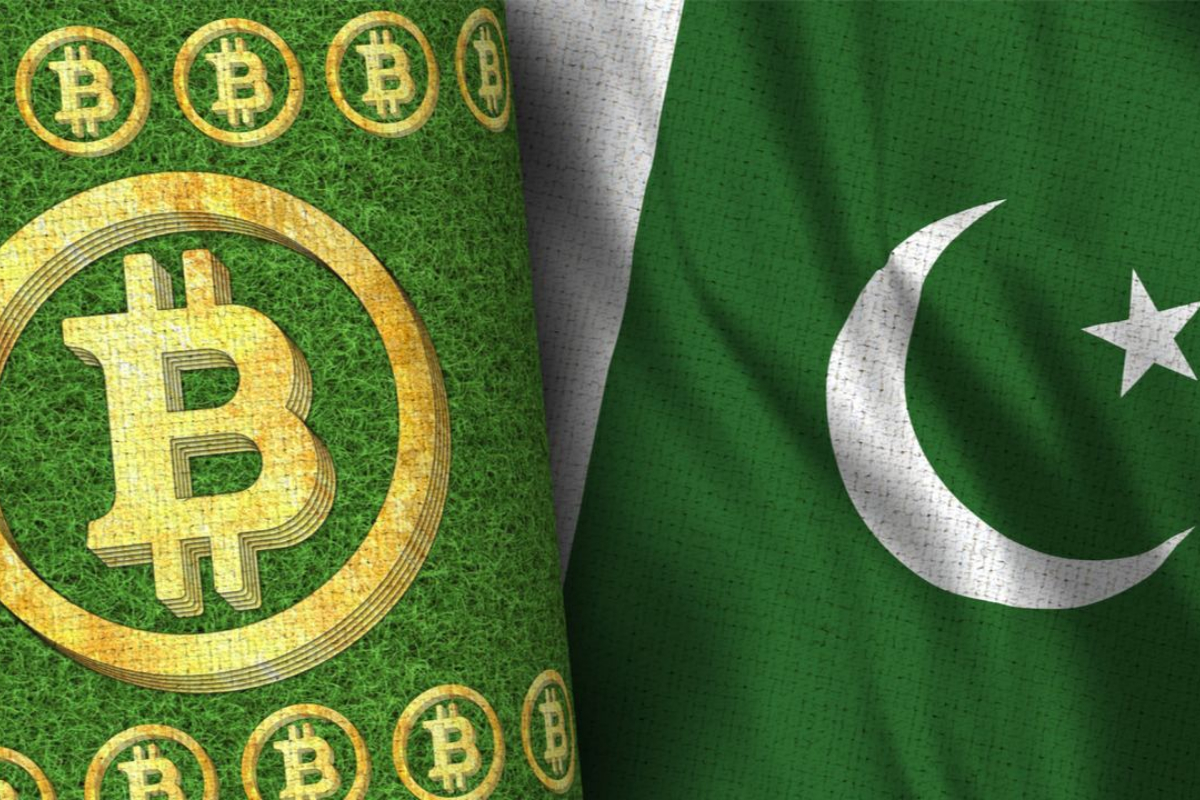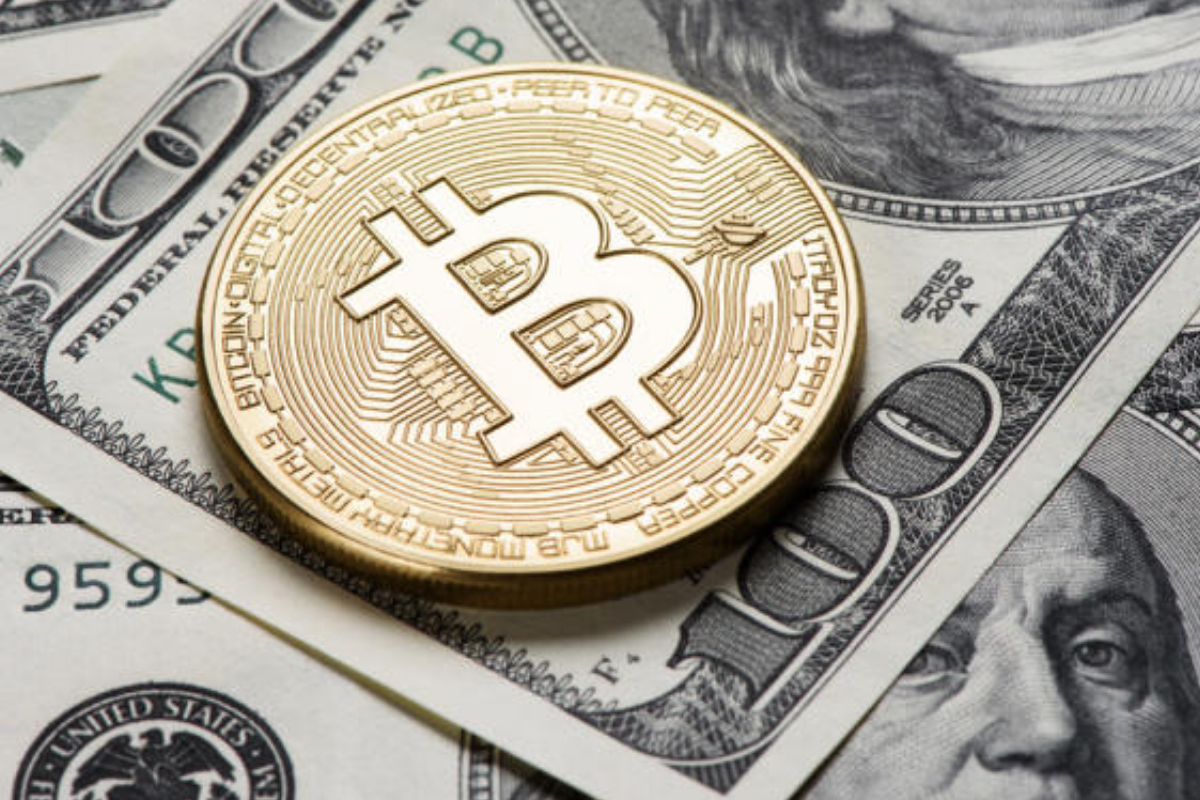Russia accepts it has turned a monetary emergency as its money rallies and financial information improves, however specialists say the numbers cover a few undeniable realities for Moscow.
Despite the fact that expansion in the nation is running hot, there are signs that cost rises are easing back and will keep on doing as such, while the Russian ruble has gone from an unequaled low in March to the world’s best performing money this year.
In the interim, financial action markers are improving and Russia has so far figured out how to try not to default on its unfamiliar money obligation, notwithstanding Western assents freezing huge wraps of its stores.
Russian expansion came in at a two-decade high of 17.8% year-on-year in April, up from 16.7% in March, however cost rises are starting to indicate that things are pulling back. Customer cost development eased back forcefully from 7.6% in March to 1.6% in April, and non-food merchandise costs expanded by 0.5%, versus 11.3% in March.
Further ascents before long are supposed to be unassuming, and the market backs the Central Bank of Russia to keep on loosening up its crisis financing cost climb, conceivably with a 200 premise point cut in June.
It comes after the CBR executed a crisis rate climb that took the nation’s key loan fee from 9.5% to 20% in late February, a few days after Russia’s unwarranted attack of Ukraine, in a bid to save the ruble.
The national bank has since had the option to move the rate to 14% as the standpoint for expansion and the cash improved, and Capital Economics sees further changes ahead.
“The present [inflation] figures will additionally uphold the national bank’s appraisal that the intense period of Russia’s emergency has passed,” Emerging Markets Economist Liam Peach wrote in a note the week before.
“It’s conceivable that purchaser costs ascend by under 1% m/m in May in general and that title expansion winds up topping at just beneath 20% in the not so distant future.”
Regardless of the dollar’s expansive strength, owing to some extent to its apparent place of refuge status in the midst of hazard avoidance in worldwide business sectors, the greenback is down practically 17% against the Russian cash year-to-date.
Severe capital control measures from Russia’s national bank — which incorporate requesting organizations to change over 80% of their unfamiliar money incomes into rubles — have restored the weak cash. The Kremlin likewise at first restricted Russian residents from moving cash abroad, and moves are presently restricted to $10,000 each month for people for the rest of 2022.
“The Russian economy keeps on recuperating from the underlying shock in late February and early March,” Goldman’s financial analyst Clemens Grafe wrote in a note recently. “Worries about monetary security are blurring, the RUB has reinforced back to mid 2020 levels.”
For some investigators, notwithstanding, Moscow’s activities to shield its money are commensurate to control, in that request has been made that wouldn’t in any case exist and capital controls have successfully transformed the ruble into a “made due” cash.
Charles-Henry Monchau, boss venture official at Switzerland-based Syz Bank, proposed that while the Russian national bank has conveyed a scope of devices to make the ruble look significant, not many individuals outside Russia “need to purchase a solitary ruble except if they totally need to,” and brokers “never again consider the ruble to be a streamlined commerce cash.”
“On the off chance that Russia prevails with regards to tracking down an answer for the Ukrainian issue with the result of pulling out sanctions and reestablishing exchange relations with the West, the ruble might possibly hold its ongoing worth,” he said.
“Then again, on the off chance that the actions are removed without a goal, the ruble could fall, bringing about a blast of homegrown expansion and a profound monetary downturn in Russia.”
What’s more, Russia has additionally attempted one more measure to support its cash. The CBR continued gold buys on the homegrown metals market following a two-year nonappearance, in the expectation of putting away worth to safeguard Russian abundance against expansion in case of a further shock to unfamiliar trade liquidity.
“Another solid move went generally inconspicuous in the Western media: the Bank of Russia continued gold buys at a proper cost of 5,000 rubles for each gram between March 28 and June 30,” Syz Bank’s Monchau said.
As gold is exchanged U.S. dollars, Monchau noticed that this empowers the CBR to interface the ruble to gold and set the floor cost for the ruble in dollar terms.
Further ruble rises could subsequently build the cost of gold, and Russia has been gathering the valuable metal quickly since its extension of Crimea in 2014, presently flaunting the fifth-biggest store on the planet.
Accordingly, the move offers further assurance for the Russian economy against liquidity limitations coming about because of additional authorizations, and the decay of the country’s unfamiliar cash stores to support dollar-named obligations.
The intently watched Purchasing Managers’ Index financial markers are additionally showing some improvement.
In the wake of plunging from 48.6 in February to 44.1 in March — with a perusing under 50 demonstrating constriction — April’s figures rose to 48.2. This was for the most part on the rear of further developed yield and more limited providers’ conveyance times, as indicated by Goldman Sachs.
“Russian monetary circumstances have worked on generally on the rear of a restricting CDS (credit default trade) spreads as Russia paid head and interest on Eurobonds in USD,” Goldman’s Grafe noted.
Russia effectively made installments to holders of two dollar-named Russian sovereign bonds, developing in 2022 and 2042 and worth an aggregate $650 million, preceding the finish of a 30-day elegance period on May 4. Nonetheless, examiners actually caution there’s a high likelihood of a Russian default inside the following two years.

